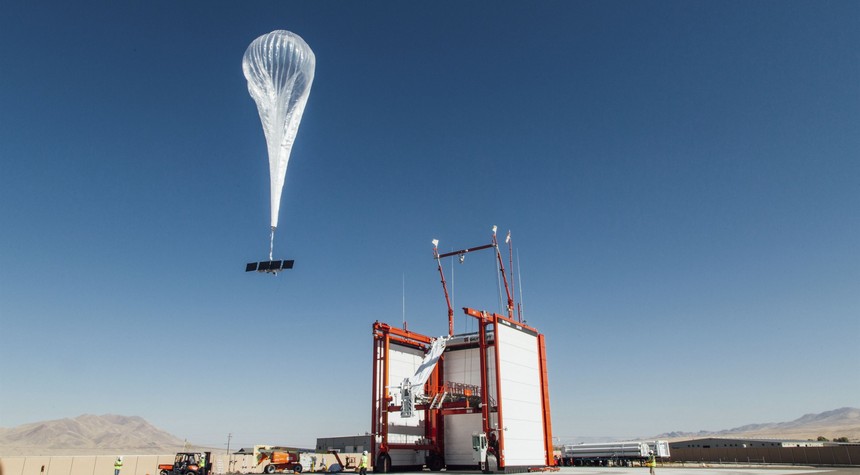Upon hearing that there’s at least one Chinese surveillance balloon drifting over the continental United States (as of this writing), and another reportedly over South America, you might picture a payload of advanced electronics snapping high-resolution photos and videos of strategic targets, and communication interception devices snooping on American government, military, and high-tech secrets.
Balloons aren’t just for children’s birthday parties–in addition to being highly-efficient surveillance devices, they are also potentially extremely dangerous weapons of war. The only casualties on American soil during the entire Second World War were the six unfortunate souls killed by a Japanese balloon bomb which took over 70 hours to travel undetected over the Pacific Ocean from Japan to Oregon.
The first and most obvious danger is that a balloon could be carrying munitions—which it could drop any time its operators so chose. Note that if a Chinese bomber had flown over the U.S. mainland, it surely would have been shot down by now, but this CCP balloon has been floating around unmolested for days.
The Twitter thread below was posted well before our current situation, but is still relevant and informative:
Military balloons have been used for centuries, beginning with Napoleon’s Aerostatic Corps in 1794, which was created for reconnaissance and battlefield observation. They were used extensively in the Civil War and WWI as well, mostly to track troop movements and get a bird’s eye view of the battlefield, but also to transport goods, messages, and even people across the theater.
You might think balloons were forgotten as air power dominated WWII, and you’d be somewhat correct. But they’re back.
The most terrifying prospect? That the Chinese are training for a possible electromagnetic pulse attack (EMP) which could wipe out our power grid:
Here’s a scary thought: what if a balloon were to be used to transport a force of lethal aerial drones? The U.S. military asked the exact same question:
According to a 2020 article from The War Zone, the Army wants to launch drone swarms behind enemy lines from high-altitude balloons:
The U.S. Army is looking at developing a network of high-altitude balloons that would fly in the stratosphere and be able to launch swarms of unmanned aircraft, including those configured as loitering munitions, also known as “suicide drones,” over enemy-controlled territory. These lighter-than-air vehicles could also be configured as sensor platforms to collect various kinds of intelligence or deploy other surveillance systems that would fall to the ground in order to monitor hostile movements, as well as act as communications relays.
If we’re looking into such military options–you can bet the Chinese Communist Party is too. Meanwhile, don’t believe the CCP’s explanation that the balloon simply drifted off track; recent technology has made it possible to direct lighter-than-air vehicles :
The War Zone also points out that balloons are harder to detect than aircraft and could also be a safety valve should a communication satellite get knocked out:
Using balloons for these various roles holds the promise of being able to deploy persistent capabilities in denied or semi-denied areas that could be difficult for an opponent to detect or neutralize. High-altitude balloons have traditionally had relatively small radar signatures and radar reflectors have been employed to make them more visible to reduce the chance of accidents. Electronic warfare packages, as well as using them tactically in concert with other platforms, could help maximize their survivability.
These would be cheaper than satellites and potentially less vulnerable than traditional manned or unmanned aircraft. With that in mind, balloons could also serve as at least interim replacements on relatively short notice for certain space-based capabilities, such as communications or navigation, should satellites get destroyed or otherwise disabled during a conflict, which is a very real possibility.
I was driving earlier on Friday evening, listening to the Jesse Kelly show, and he opined that the CCP balloon was a test and that the United States failed. RedState Managing Editor Jennifer Van Laar made a similar point, namely that our failure to take any action against this obvious invasion of our sovereign airspace shows “massive weakness.”
I wholeheartedly concur. Military balloons pose a clear and present danger, and to allow our number one geopolitical rival to float one over our homeland unfettered is unconscionable.

